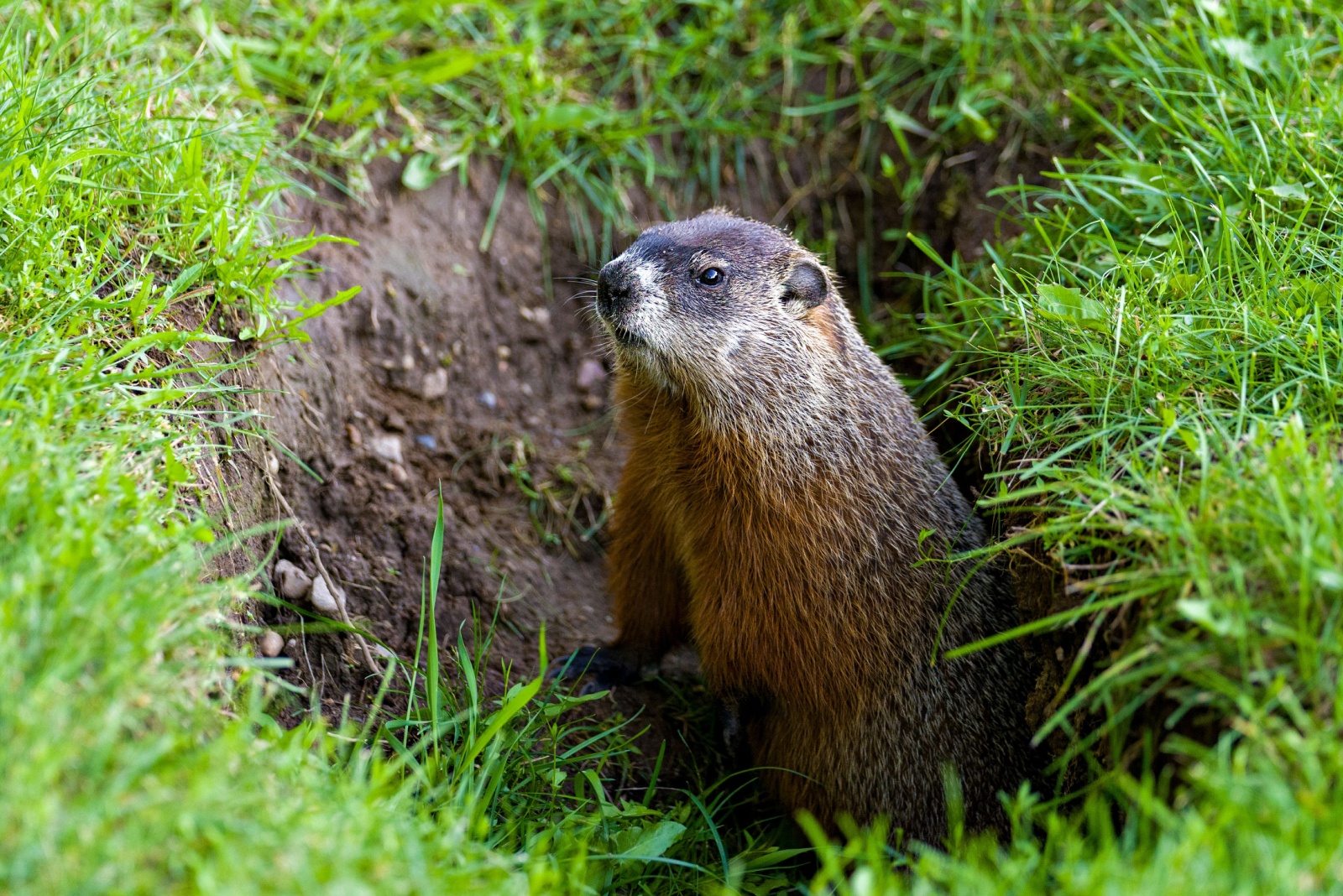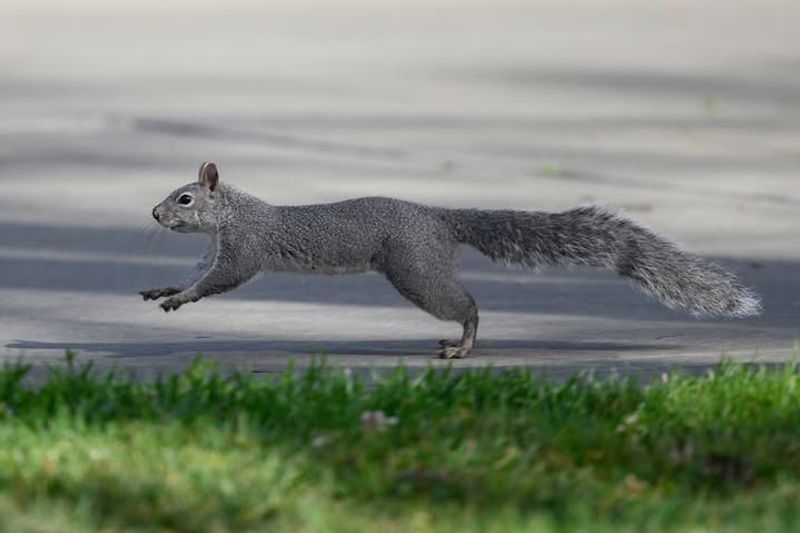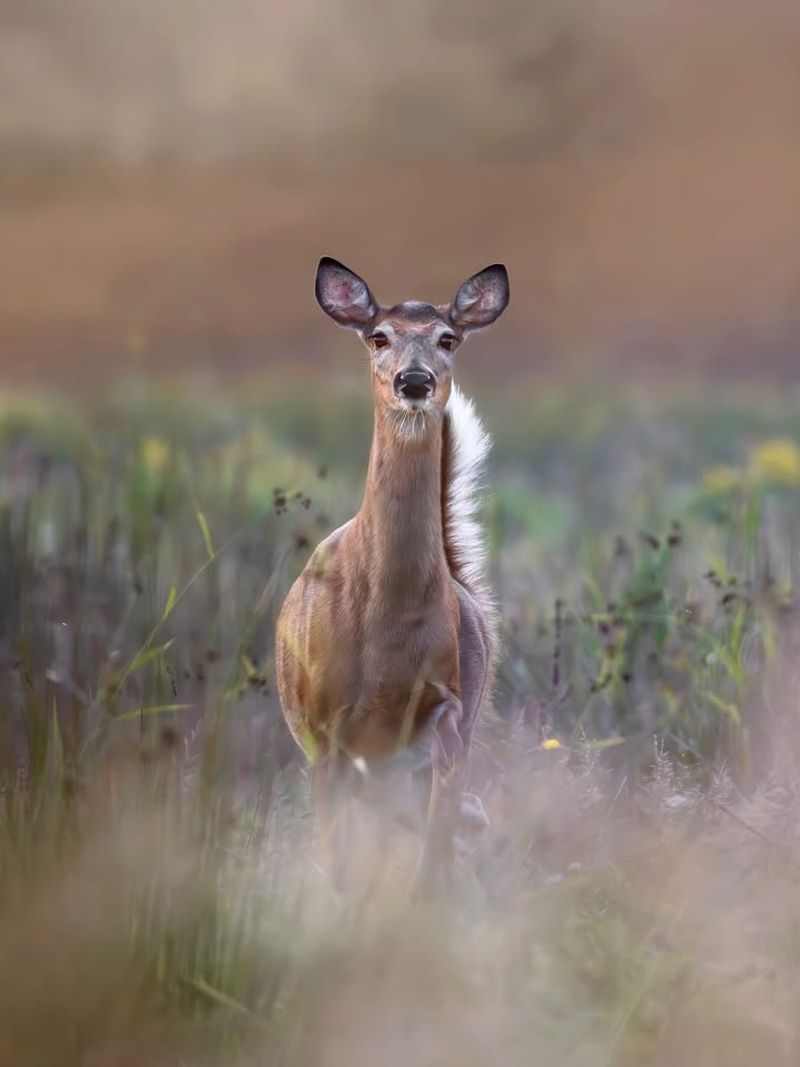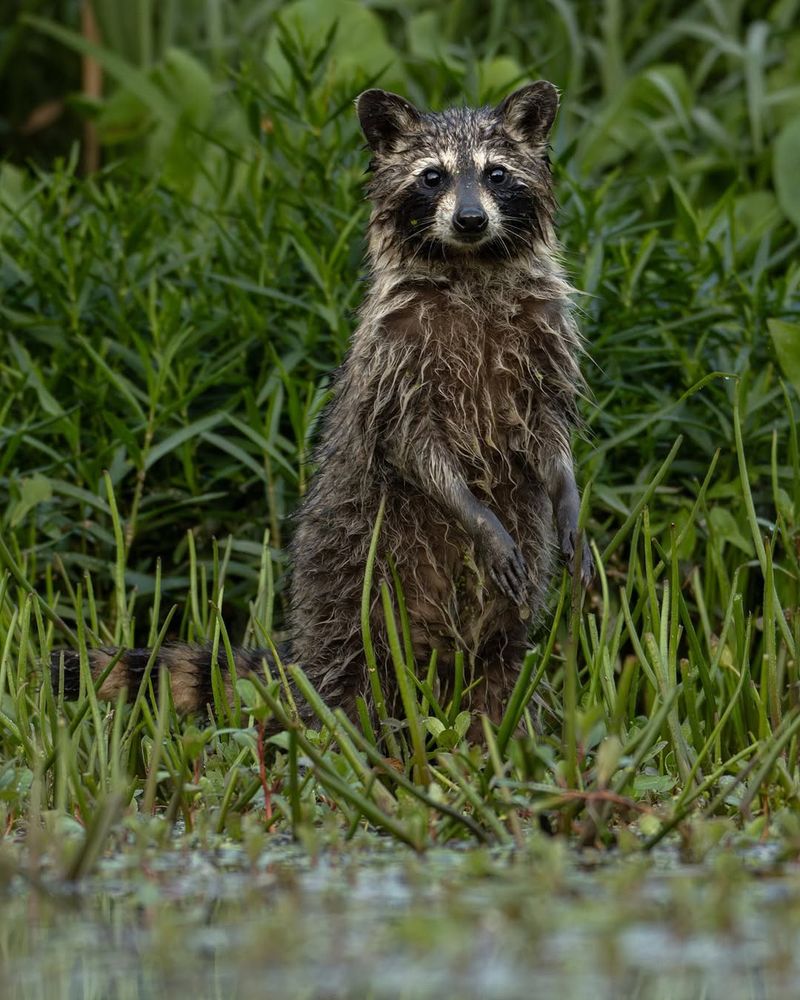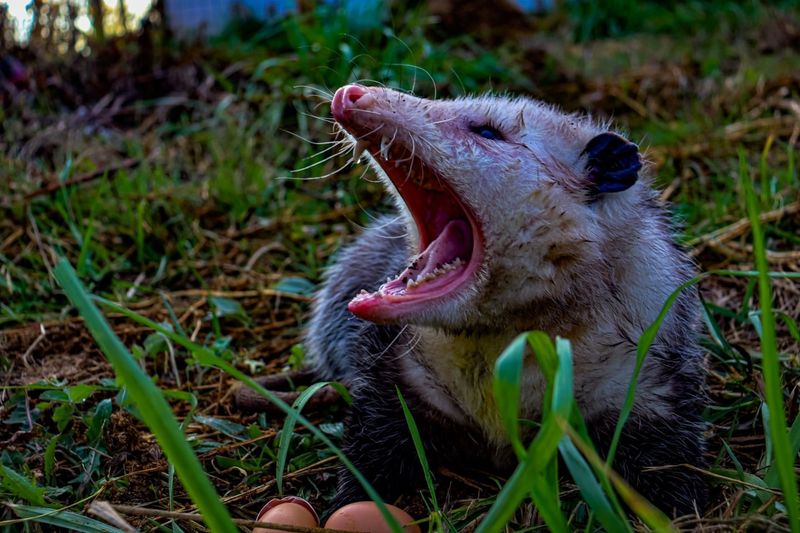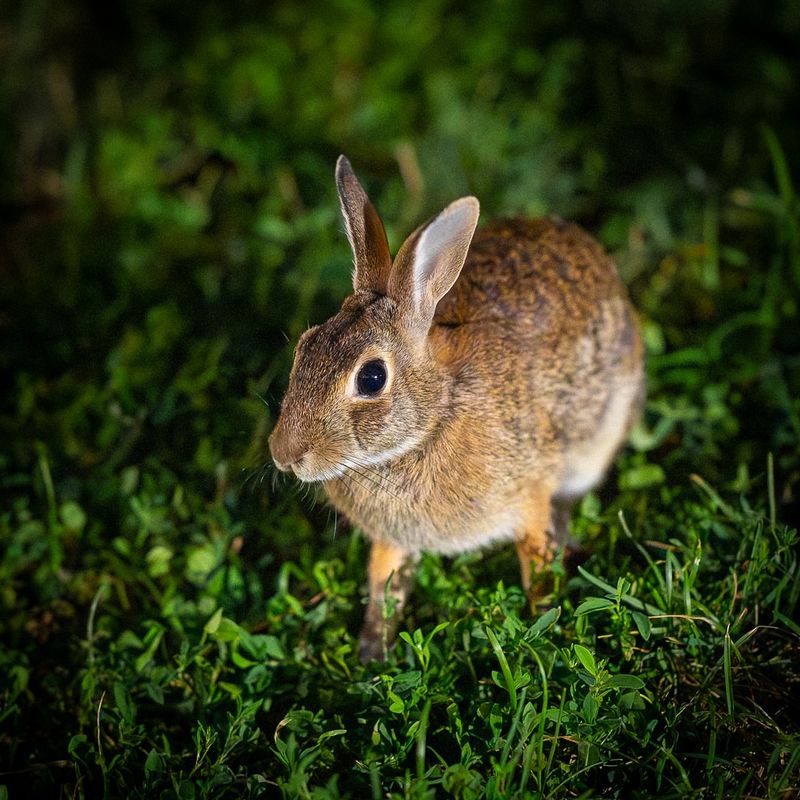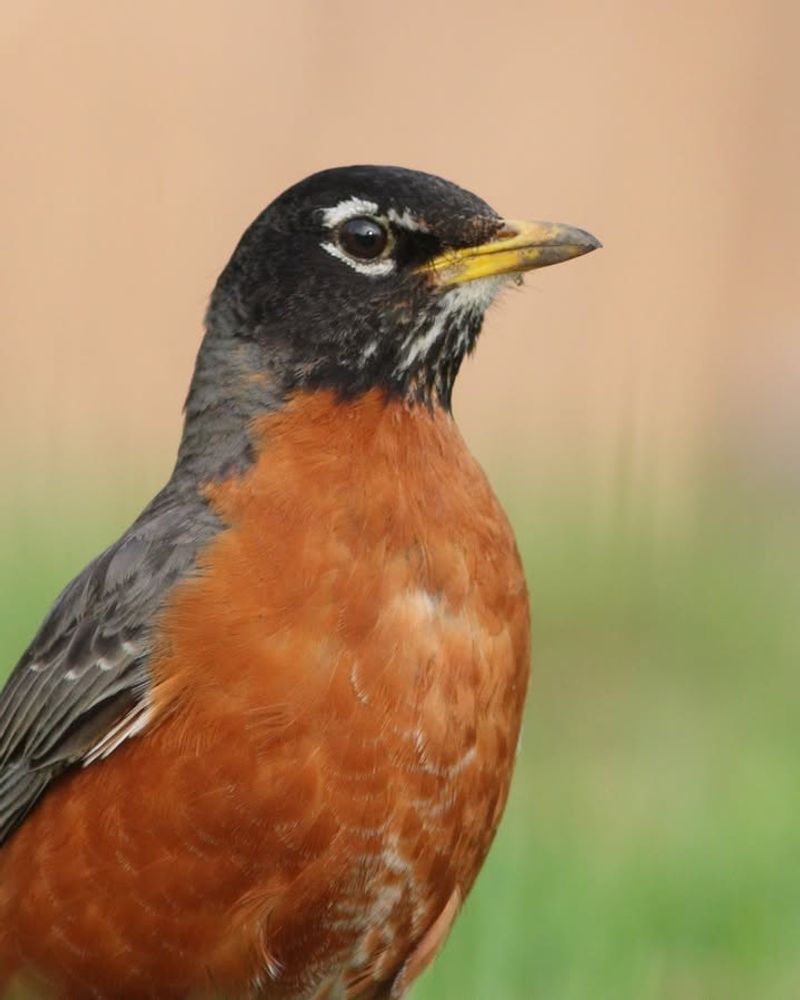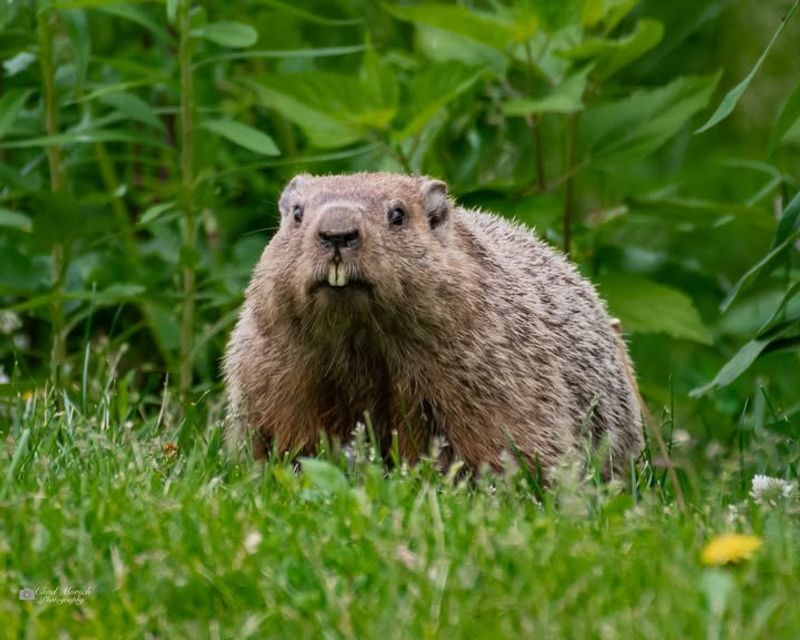You might think wildlife only lives deep in forests or mountains, but West Virginia cities are full of surprising animal neighbors.
From busy streets to quiet backyards, creatures have adapted to urban life in amazing ways. Many of these animals are so good at hiding that you probably walk past them every day without noticing.
1. Eastern Gray Squirrel
Watch any West Virginia park or backyard for five minutes, and you’ll spot one of these bushy-tailed acrobats leaping between branches. Eastern gray squirrels have mastered city living, finding food in gardens, bird feeders, and even trash cans.
Their incredible memory helps them locate buried nuts months later, which accidentally plants thousands of trees across neighborhoods. You can watch them build leaf nests high in oak trees or raise their babies in attic spaces if homeowners aren’t careful about sealing entry points properly.
2. White-Tailed Deer
Dawn and dusk bring surprising visitors to many West Virginia neighborhoods—graceful deer wandering through flower beds and across lawns. Urban areas actually provide deer with protection from hunters and predators, plus plenty of tasty plants to munch on.
A single deer can eat up to eight pounds of vegetation daily, which explains why your tulips disappear overnight. Watch for their white tail flags waving as they bound away, reaching speeds of thirty miles per hour when startled by dogs or people.
3. Raccoon
Those mysterious nighttime sounds near your trash cans? Probably raccoons working their clever paws to open supposedly secure lids. With intelligence rivaling some primates, raccoons solve puzzles and remember solutions for up to three years.
Their nimble fingers can turn doorknobs, unlatch gates, and fish food from tight spaces. Cities offer them endless dining options, from pet food left outside to insects under porch lights, making urban life far easier than foraging in wild forests.
4. Virginia Opossum
North America’s only marsupial shuffles through West Virginia cities after dark, searching for insects, fruits, and carrion. Opossums provide free pest control by devouring thousands of ticks each season—up to 5,000 ticks per opossum annually!
Despite their fierce hissing when cornered, they’re actually quite harmless and rarely carry rabies due to low body temperature. When seriously threatened, they’ll faint into a coma-like state called playing possum, which can last several hours until danger passes.
5. Red Fox
A flash of russet fur darting behind a shed might be your first clue that foxes patrol your neighborhood. Cities provide foxes with abundant rodent populations, plus convenient den sites under porches, sheds, and abandoned buildings.
Their cat-like hunting style involves patient stalking followed by dramatic pouncing on unsuspecting prey. Listen for their eerie screaming calls during winter mating season, which sound surprisingly human-like and often alarm people hearing them for the first time in residential areas.
6. Eastern Cottontail Rabbit
Spotting a cottontail munching clover in your lawn at sunrise has become a common West Virginia morning ritual. Urban landscapes offer rabbits everything they need: grass for food, bushes for cover, and fewer natural predators than wilderness areas.
Baby rabbits spend their first weeks in shallow grass nests that look abandoned but actually get visited by mom only twice daily for nursing. Gardeners both appreciate their cuteness and despair at their appetite for vegetables, flowers, and ornamental plants throughout growing seasons.
7. American Robin
That cheerful song greeting you each morning comes from robins, who’ve become expert city dwellers across West Virginia. Lawns provide perfect hunting grounds where robins tilt their heads to listen for earthworms moving underground before yanking them up.
During spring, robins build mud-lined nests on porch lights, window ledges, and other human structures, seemingly unconcerned by nearby activity. Their bright orange breasts and friendly demeanor make them neighborhood favorites, though they fiercely defend territories against other robins during breeding season.
8. Mourning Dove
The soft, melancholy cooing drifting through neighborhoods comes from mourning doves, named for their sad-sounding calls. Cities offer these gentle birds endless food sources, from spilled birdseed to grain in parking lots and sidewalk cracks.
Their whistling wing sounds during takeoff help identify them even without seeing their sleek, tan bodies. Mourning doves mate for life and raise multiple broods yearly, with both parents producing crop milk to feed helpless chicks in flimsy twig nests that seem impossibly fragile.
9. Groundhog
Chunky groundhogs waddle through city parks and yards, digging extensive burrow systems that can stretch thirty feet underground. While famous for predicting spring weather, groundhogs actually spend winters in true hibernation, with heart rates dropping from eighty beats to just five per minute.
Their powerful digging creates problems for building foundations and gardens but provides shelter for other animals like rabbits and skunks. Watch them stand upright on hind legs, scanning for danger while munching vegetation near their multiple burrow entrances.
10. Chimney Swift
Rapid, twittering birds swirling above rooftops at dusk are chimney swifts, perfectly adapted to West Virginia urban life. Before European settlement, these birds nested in hollow trees, but now they prefer chimneys, air shafts, and other vertical structures in cities.
Their tiny feet can’t perch normally, so they cling to vertical surfaces using stiff tail feathers for support. Swifts spend almost their entire lives airborne, catching insects mid-flight and even bathing by skimming across water surfaces while flying at full speed through neighborhoods.
11. Little Brown Bat
Tiny shadows zigzagging around streetlights are little brown bats hunting mosquitoes and other flying insects. A single bat devours up to 1,000 mosquito-sized insects hourly, providing invaluable pest control for West Virginia neighborhoods completely free.
Cities offer bats countless roosting spots in attics, under bridges, and behind shutters where they sleep during daylight hours. Unfortunately, white-nose syndrome has devastated bat populations, making every urban colony precious for controlling insect pests and maintaining ecological balance in residential areas.

